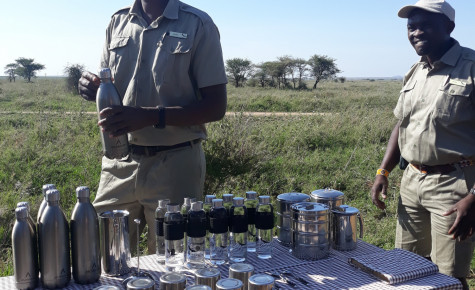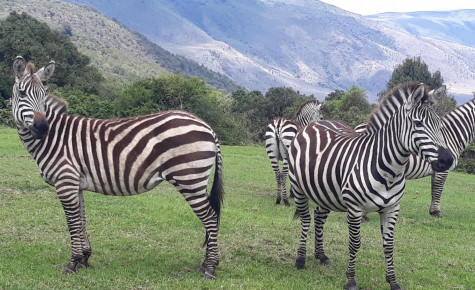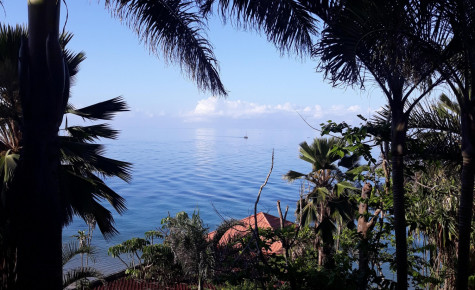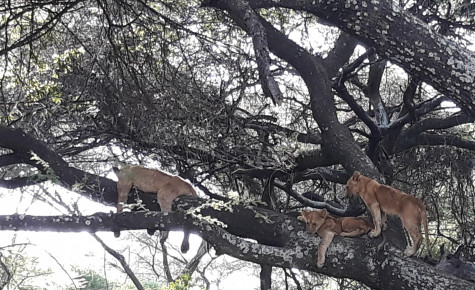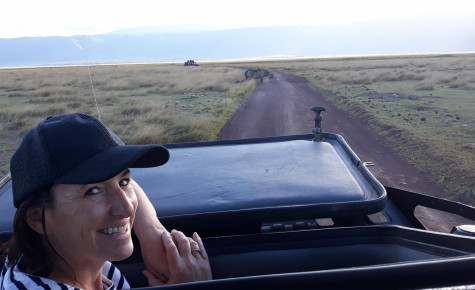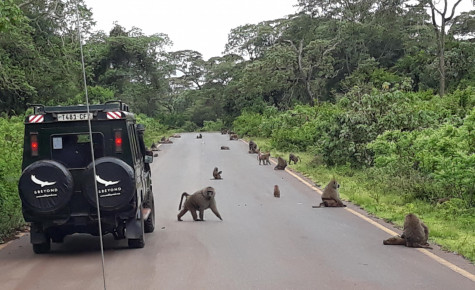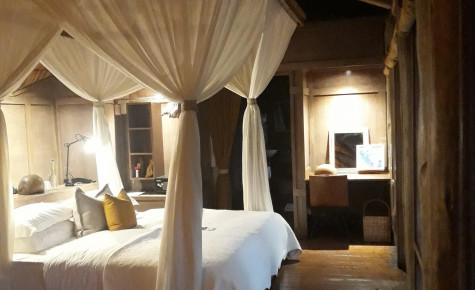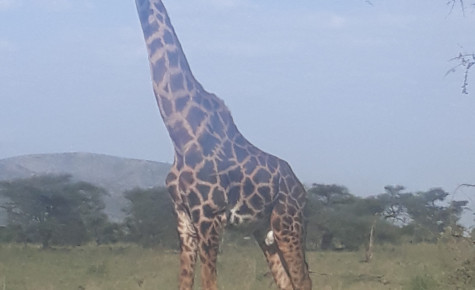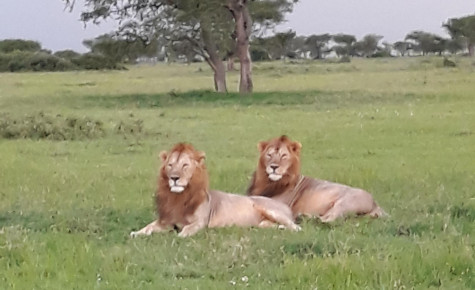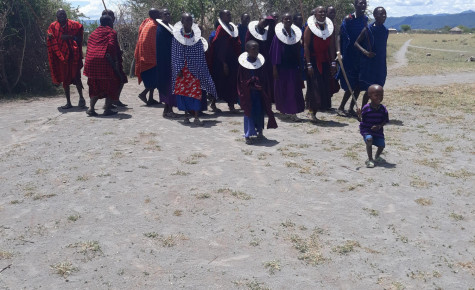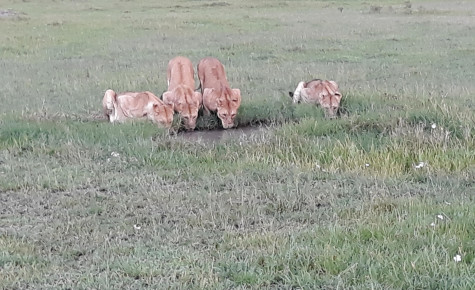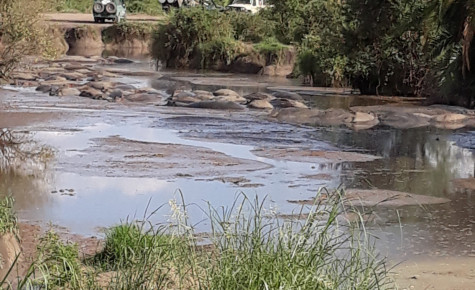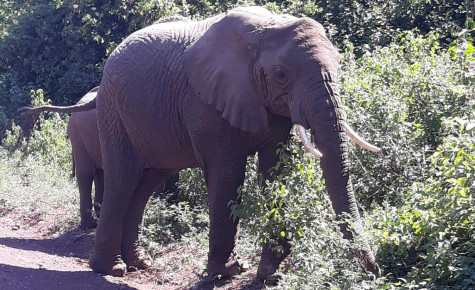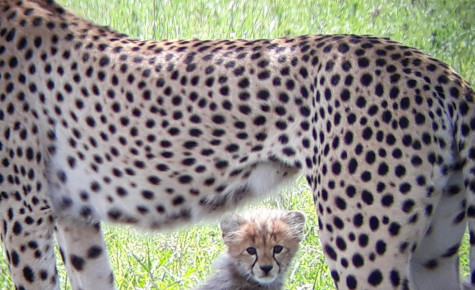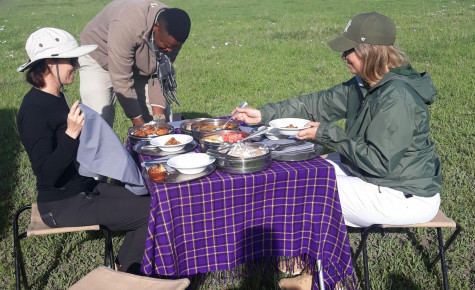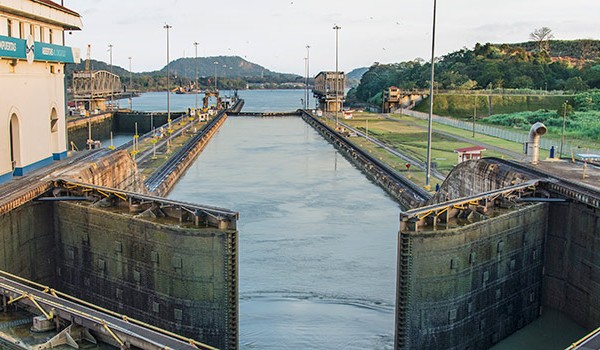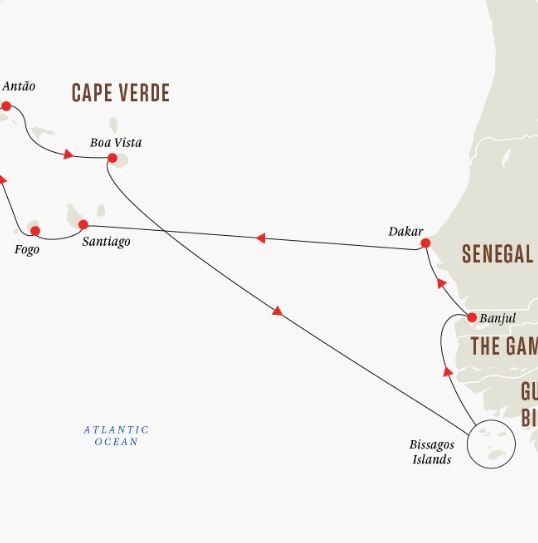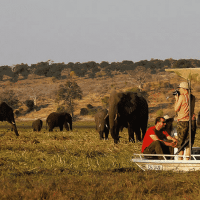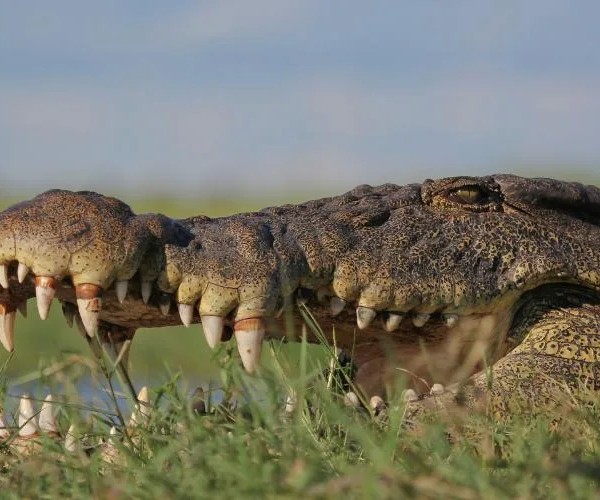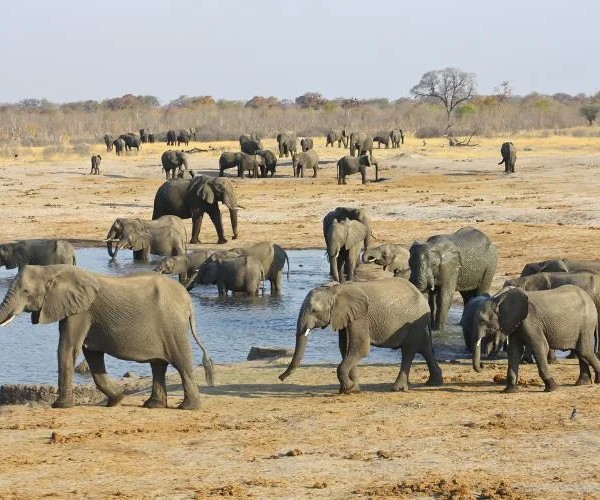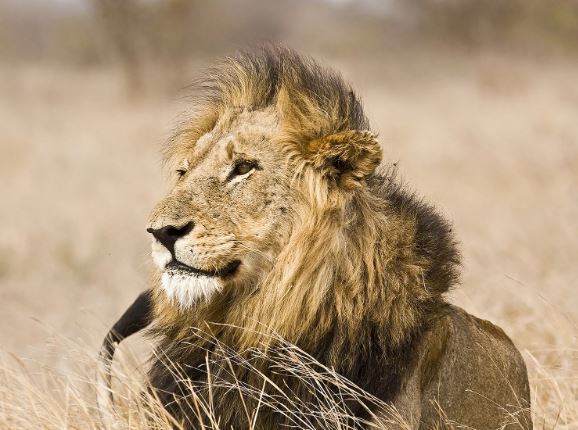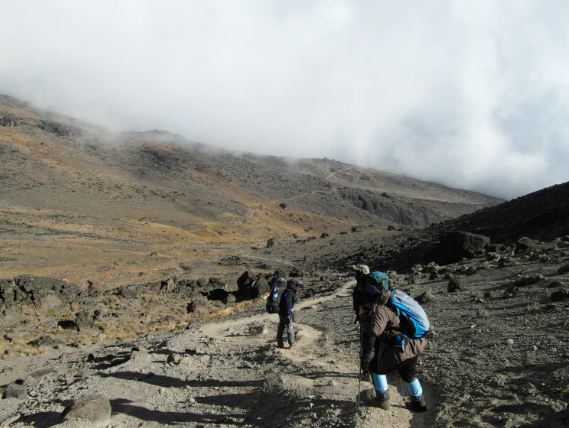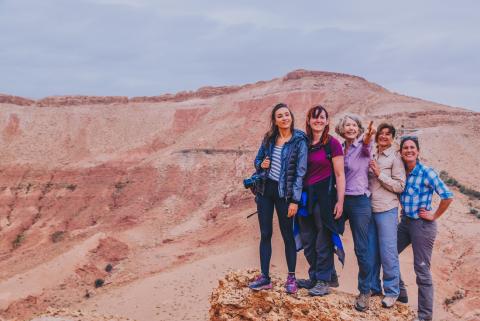Heading off on safari to Tanzania this year has been one of the most memorable trips of my life! It’s a bucket lister for many of our clients and I can almost definitely say that I can’t wait to get back to Africa again.
My trip was an 8 day fly in safari through the Serengeti, Ngorongoro Crater and Lake Manyara; all within Tanzania followed by three nights on Zanzibar, the Spice Island, before returning home.
In order to experience as many properties as we could in this timeframe and the habitats within which 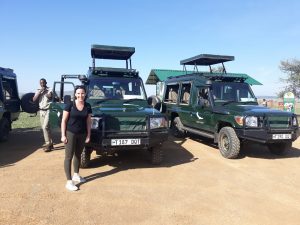 they are situated we moved every day, bar one. The variety of wildlife, scenery and accommodation was breathtaking.
they are situated we moved every day, bar one. The variety of wildlife, scenery and accommodation was breathtaking.
A good indicator of how our trip was going to go was flying in to Seronera, in the central Serengeti, to be greeted by our guides and having our 1 hour transfer to the camp turn in to an all day game drive! We saw more game that day then I had expected to see on the whole trip. Wildebeest and zebra as far as you could see and then our first two lions about 1km down the road. Around an hour later, two lions mating and so it went for the next week. Not only did we see all of the Big 5, but also all the Ugly 5, and 2 of both the Small 5 and Shy 5 (just a little bit harder to spot). Over 30 different species and so many varieties of birds I lost count.
Travelling in November through northern Tanzania means that the migration is in the central Serengeti which is where we started. This was a great time of year as the average day time temperature was around 30C and dropped to about 20C at night. October and November are when the ‘light rains’ fall which, whilst we were there, was a heavy shower most afternoons. This is the shoulder season in terms of visitor demand which has the huge advantage in that in 4 out of 5 different locations we were usually the only jeep in sight, quietly observing the wildlife surrounding us.
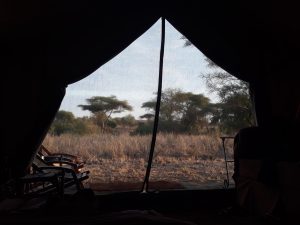 The &beyond Serengeti Under Canvas mobile camp, which moves 5 times a year with the Great Migration, had just relocated from the northern Serengeti when we arrived. In a tough line up, I think this was my favourite camp. It has a real ‘Out of Africa’ feel to it which I loved and drinks around the fire after our game drive, outdoor bucket (hot!) showers and a cup of tea in bed the next morning all made it incredibly memorable.
The &beyond Serengeti Under Canvas mobile camp, which moves 5 times a year with the Great Migration, had just relocated from the northern Serengeti when we arrived. In a tough line up, I think this was my favourite camp. It has a real ‘Out of Africa’ feel to it which I loved and drinks around the fire after our game drive, outdoor bucket (hot!) showers and a cup of tea in bed the next morning all made it incredibly memorable.
There are no fences around any of the accommodation we stayed in when on safari which means you really are part of the environment and for that reason, you’ll always have camp or often Masai security (complete with tyre sandals and spears) escort you between your tent and the common areas after dark.
We drove a little further east from here towards the Nanyukie River where there is a large concentration of big cats to stay at the Lemala Nanyukie Camp. Here we woke to a family of elephants just in front of our tents.
From the central Serengeti, we flew west (12 seater light planes with incredible views) to Grumeti where we stayed on the river at the &beyond Grumeti Tented Camp. With resident hippo and the only area in Tanzania to see black and white colobus monkeys, the setting is very tranquil and you’re out on a game drive in about 2 minutes!
After 5 days in the Serengeti we flew south to Manyara and headed up in to Ngorongoro Crater National Park, where our truly unique accommodation is the only one located on the crater rim, benefitting from outstanding views. &beyond Ngorongoro Crater Lodge’s style is best described as Maasai meets Versailles! Down in the crater we spotted the endangered black rhino and spent quite some time watching her as she came closer and closer to eventually cross the road right in front of us!
Our safari experience ended with a stay at the &beyond Lake Manyara Tree Lodge. Set at the end of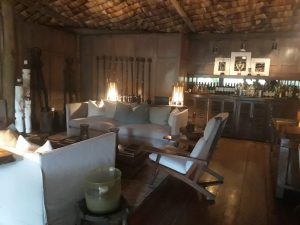 the lake, our game drives took us through the national park and along the edges of the lake. This park is home to the tree climbing lions. We were lucky to see three cubs climbing and sleeping right next to the road as they waited for their parents to return with dinner (hopefully!) We were also the first jeeps down to the lake early the next morning to see the flamingos in all their pink splendour.
the lake, our game drives took us through the national park and along the edges of the lake. This park is home to the tree climbing lions. We were lucky to see three cubs climbing and sleeping right next to the road as they waited for their parents to return with dinner (hopefully!) We were also the first jeeps down to the lake early the next morning to see the flamingos in all their pink splendour.
So what does a typical day on safari look like? Up early as there is an awful lot that happens around sunrise. Nocturnal animals are heading back to bed (leopards, hippos), those that prefer to hunt outside of the heat of the day are up (lions, cheetahs) and those that follow the hunters (hyenas, jackals, vultures) are all very active at this time of day. Your morning game drive might set off from camp as early as 6am and depending on activity and spotting you might not come back till lunchtime! In fact, in the camps we stayed at the guides would have happily kept us out all day. Breakfast on our early game drives was either a freshly boxed breakfast eaten in the jeeps or at a camp table, safely set up far enough away from any hungry looking wildlife!
If you do make it back for lunch then you’ll have a couple of hours to relax and enjoy your camp before heading out again mid-late afternoon. Expect to be out until close to dark which is also when most parks require you to be back in camp (around 6-7pm).
Once back at camp for the evening with &beyond, you’ll have the chance to debrief and chat through your day’s experiences and sightings with your guides before agreeing on your plan for the next day. And even when you’re spending 2-3 days in the same camp, every day on safari is different!
 Being on safari can be tiring, so there are some great options to end your trip whilst staying in Africa. We headed for Zanzibar (just a 2 hour flight from Arusha in northern Tanzania or 30 minutes from Dar es Salaam) which offers a great mix of history, culture and stunning white sand beaches with crystal clear water (great for snorkeling and diving).
Being on safari can be tiring, so there are some great options to end your trip whilst staying in Africa. We headed for Zanzibar (just a 2 hour flight from Arusha in northern Tanzania or 30 minutes from Dar es Salaam) which offers a great mix of history, culture and stunning white sand beaches with crystal clear water (great for snorkeling and diving).
If you’re not a beach person, then we spent 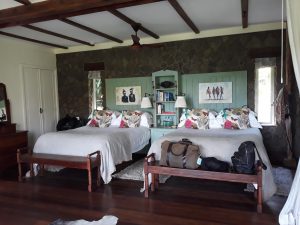 time at Gibbs Farm, a historic lodge on the outer slopes of the Ngorongoro Crater. Founded in the 1920s as a coffee plantation, relax in this idyllic retreat overlooking the Great Rift Valley in lush surroundings.
time at Gibbs Farm, a historic lodge on the outer slopes of the Ngorongoro Crater. Founded in the 1920s as a coffee plantation, relax in this idyllic retreat overlooking the Great Rift Valley in lush surroundings.
When deciding on the right safari experience for you and your budget, there are many different factors to take into consideration to get the best value for money that you can; starting with:
- any particular wildlife and/or habitats that you want to see
- level of comfort you’d like both transport and accommodation wise
- size of the group that you’ll be travelling with or in camp at the same time
- amount of time you can expect to spend on game drives and quality of your guides/trackers
- ethical impact of the company you are travelling with (on the land and with the wildlife and people)
- climate and time of year
Come and chat to us, between us we’ve travelled through 25 of the 35 countries in sub-Saharan Africa!





